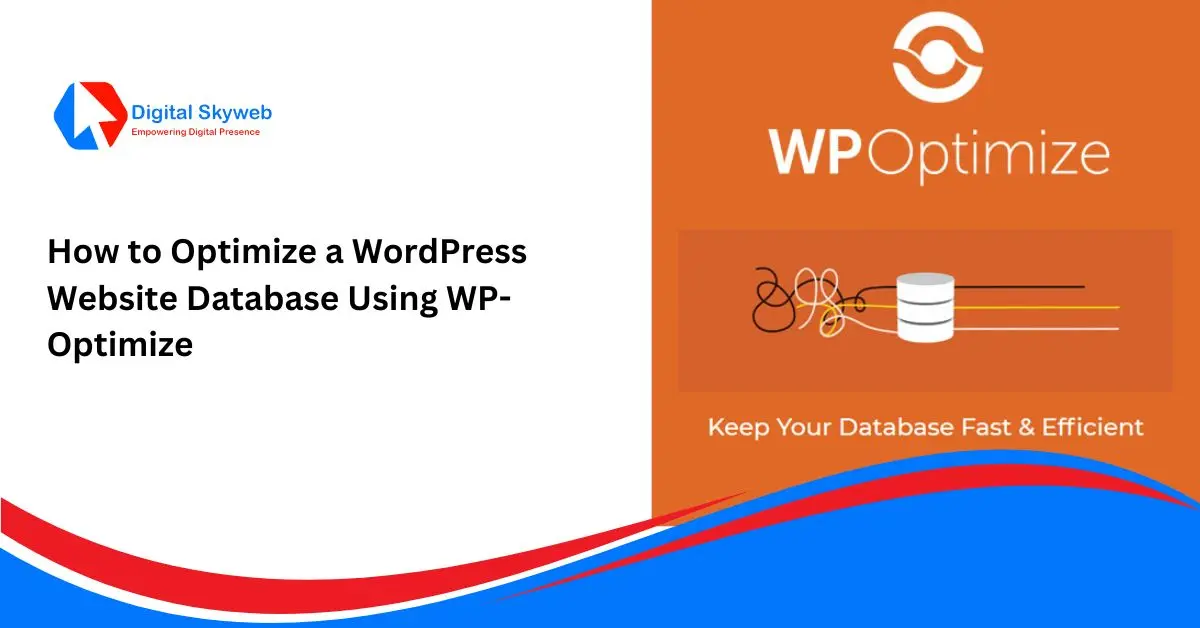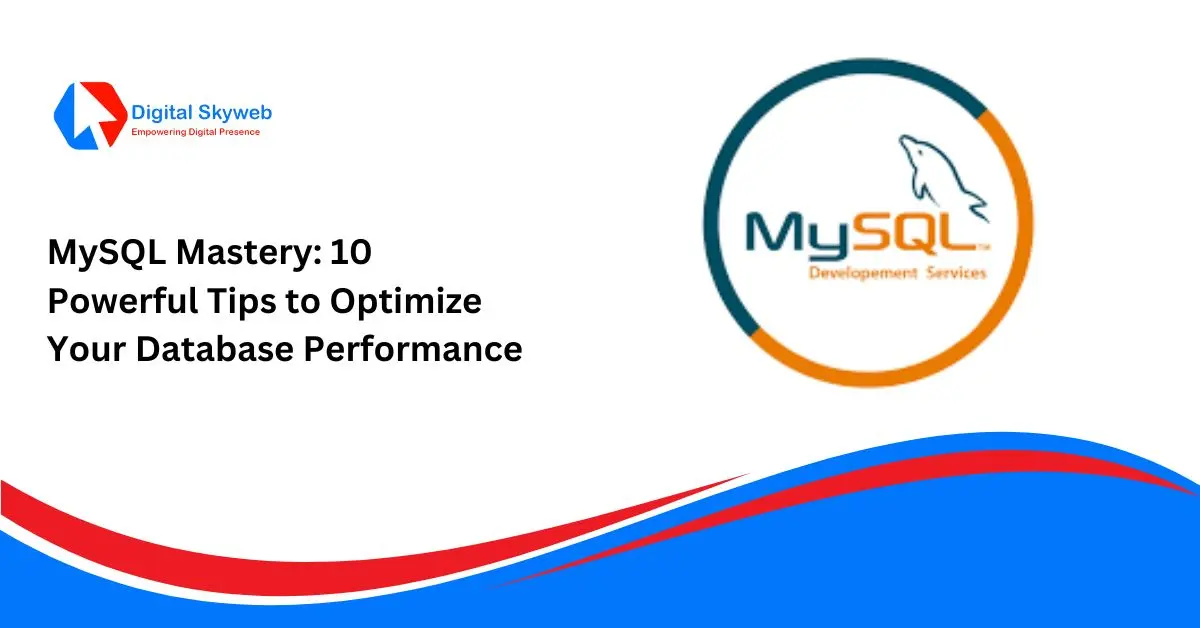JavaScript is one of the core technologies of the web, alongside HTML and CSS. It’s what makes websites interactive. From form validations to animations and dynamic content loading, JavaScript is behind the scenes making things work smoothly. Whether you’re a complete beginner or someone brushing up, understanding JavaScript is a must if you want to build modern websites.
What is JavaScript?
JavaScript is a high-level, interpreted programming language. It’s mainly used to create dynamic and interactive effects within web browsers. It runs directly in the browser without needing special installation, making it very accessible.

History of JavaScript
JavaScript was created by Brendan Eich in 1995 during his time at Netscape. It was initially developed in just 10 days and was first called “Mocha,” then “LiveScript,” before finally being named JavaScript. Despite the name, JavaScript has no real relation to Java.
Understanding JavaScript Basics
What Makes JavaScript Unique?
JavaScript stands out because it is:
- Interpreted: No need to compile code before running.
- Event-driven: Reacts to user actions like clicks or typing.
- Embedded: Runs inside the web browser.
JavaScript vs Other Programming Languages
Unlike Python or C++, which are often used for backend and general-purpose programming, JavaScript is primarily for the front end. However, with Node.js, it can now also run on servers.

Client-side vs Server-side JavaScript
- Client-side JS: Runs in the browser (e.g., form validation, DOM changes).
- Server-side JS: Runs on the server using Node.js (e.g., databases, APIs).
Key Features of JavaScript

Dynamic Typing
JavaScript doesn’t require you to define variable types. This flexibility is great for quick coding but can lead to bugs if not handled carefully.
First-Class Functions
Functions in JavaScript are treated like variables. You can pass them as arguments, return them from other functions, and assign them to variables.
Event-Driven Programming
JavaScript shines when it comes to reacting to user input. Whether someone clicks a button or hovers over a menu, JavaScript can respond in real-time.
Lightweight and Versatile
JavaScript is easy to include in any webpage, doesn’t need additional software to run, and works across almost all modern browsers.
How JavaScript Works in a Web Page
Role of HTML, CSS, and JavaScript
- HTML is the structure.
- CSS is the design.
- JavaScript is the behavior.
These three work together to create the full web experience.

How Browsers Interpret JavaScript
Browsers use engines like V8 (Chrome), SpiderMonkey (Firefox), or JavaScriptCore (Safari) to process and run JS code. The browser reads the code line-by-line and executes it immediately.
DOM (Document Object Model) Interaction
JavaScript can access and manipulate the DOM — which is the tree structure of a webpage — allowing it to change text, images, styles, and more dynamically.

Setting Up JavaScript in Your Website
Embedding JavaScript in HTML
There are three main ways to add JavaScript to your site:
Inline
Placed directly inside HTML elements:
htmlCopyEdit<button onclick="alert('Hello!')">Click Me</button>
Internal
Inside a <script> tag in the HTML file:
htmlCopyEdit<script>
alert('Hello from internal script!');
</script>
External
Linked through an external .js file:
htmlCopyEdit<script src="script.js"></script>
Best Practices for Including JavaScript
- Place scripts at the end of the
<body>tag to improve loading speed. - Use external files to keep HTML clean.
- Avoid inline scripts for better maintainability.
JavaScript Syntax and Structure

Variables and Data Types
You can declare variables using let, const, or var. Data types include numbers, strings, booleans, arrays, and objects.
Functions and Scope
Functions help you organize your code into reusable blocks. Scope determines where your variables are accessible.
Conditional Statements and Loops
Use if-else statements and loops like for, while, and do...while to control the flow of your program.
Creating a Basic Website Using JavaScript
Simple Interactive Elements (Buttons, Alerts)
You can use JavaScript to make buttons respond:
javascriptCopyEditdocument.getElementById("myBtn").onclick = function() {
alert("You clicked the button!");
};
Form Validation
JS helps check if users filled in forms correctly:
javascriptCopyEditif(document.getElementById("email").value === "") {
alert("Please enter your email!");
}
Dynamic Content Updates
You can change website content without reloading the page:
javascriptCopyEditdocument.getElementById("title").innerText = "New Title!";
Popular Use Cases of JavaScript in Web Development

- Interactive Forms – Validate user input before submission.
- Sliders and Carousels – Enhance visual appeal.
- Responsive Navigation Menus – Collapse menus for mobile devices.
- Single-Page Applications (SPAs) – Load content dynamically without reloading the whole page.
Tools and Frameworks Built on JavaScript

Libraries
- jQuery – Simplifies DOM manipulation and AJAX calls.
- D3.js – For creating data-driven visualizations.
Frameworks
- React – Created by Facebook for building UI.
- Angular – Developed by Google, good for full-scale applications.
- Vue – A beginner-friendly alternative to React and Angular.
Backend Development with Node.js
Node.js allows JavaScript to run on servers, opening the door for full-stack development with just one language.
Advantages of Using JavaScript
- Faster Page Load Times – Less server communication.
- Improved User Experience – Real-time updates and feedback.
- Cross-Platform Compatibility – Runs on almost any device.
- Easy Integration with APIs – Fetch data without reloading.

Limitations of JavaScript
- Security Vulnerabilities – Code runs on user’s browser and can be exploited.
- Browser Dependency – Code might not behave the same in all browsers.
- SEO Challenges – Search engines can struggle with JS-heavy sites.
JavaScript and Website Performance
Page Speed and Loading Time
Too much JavaScript can slow down your site. Minify and compress your code to help.
Lazy Loading and Async Scripts
Use lazy loading for images and async or defer attributes for script tags to avoid blocking rendering.
Minimizing JS to Improve Performance
Remove unused code, combine files, and use modern tools like Webpack or Babel for optimization.
JavaScript’s Impact on SEO
How Google Handles JavaScript
Googlebot is getting better at understanding JavaScript, but it’s still safer to use server-side rendering for critical content.
Tips for Optimizing JS-heavy Sites for Search Engines
- Use tools like Google Search Console to monitor crawling.
- Implement SSR (Server Side Rendering) if using frameworks.
- Keep important content visible without relying on JS.
Future of JavaScript in Web Development
Rise of JAMstack
Combines JavaScript, APIs, and Markup for faster, more secure sites.
WebAssembly and Beyond
WebAssembly allows running other languages like C++ in the browser alongside JavaScript.
Trends to Watch
- AI-powered coding with JS
- Continued growth of frameworks
- Better tooling for performance
JavaScript is an essential tool for modern web development. It brings interactivity, improves user experience, and powers everything from simple websites to complex web apps. By learning JavaScript, you unlock the ability to build dynamic, fast, and engaging websites. While it comes with a few challenges, the benefits far outweigh the downsides. With practice, JavaScript becomes a powerful ally in your web development journey.
FAQs
1. What is the difference between JavaScript and Java?
Despite the similar names, Java and JavaScript are completely different. Java is a compiled language mainly for backend development, while JavaScript is interpreted and used mostly in web browsers.
2. Can I build a full website using only JavaScript?
Yes, with tools like Node.js and frameworks like React or Vue, you can build both the frontend and backend of a website using only JavaScript.
3. Is JavaScript hard to learn for beginners?
Not really. JavaScript is beginner-friendly and widely supported with tons of resources and community support to help you get started.
4. How do I make my JavaScript code SEO-friendly?
Ensure important content loads without relying solely on JavaScript, use server-side rendering, and check indexing with tools like Google Search Console.
5. Which JS framework is best for beginners?
Vue.js is often recommended for beginners because of its simplicity and flexibility. React is also a solid choice with strong community support.




